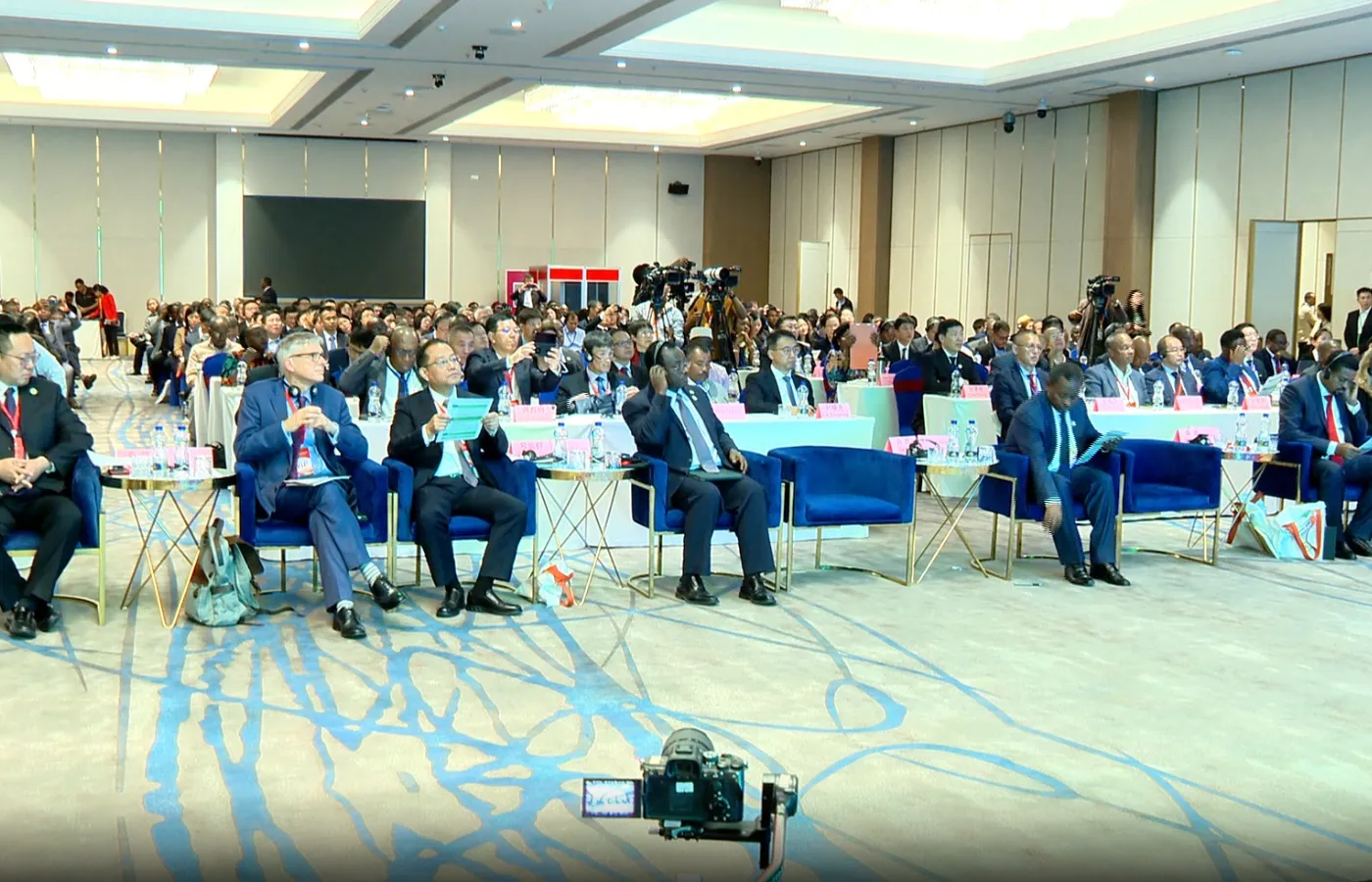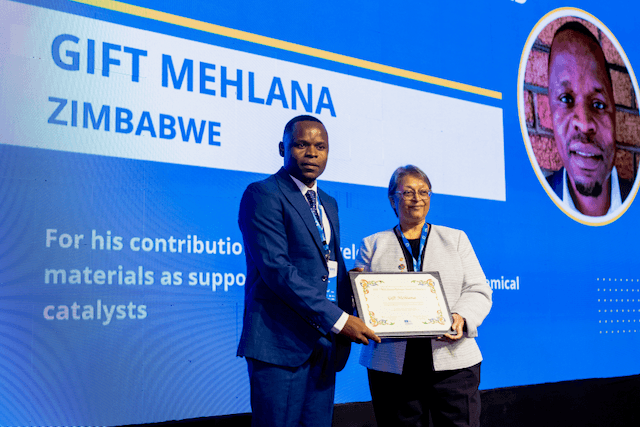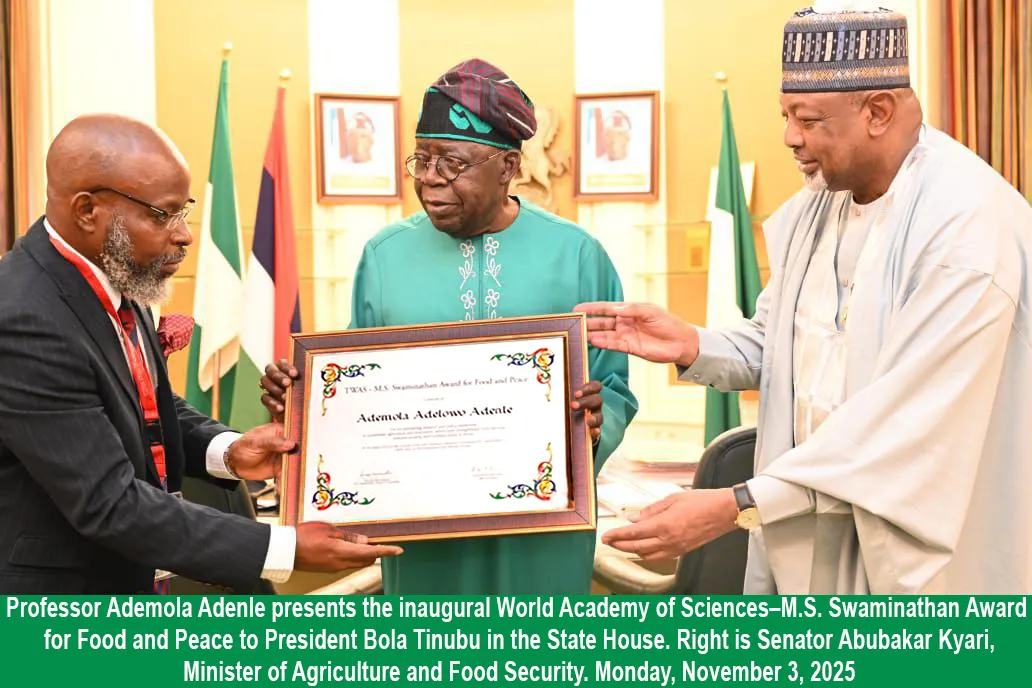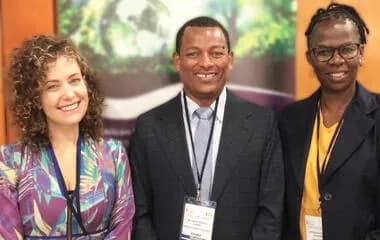News

The China-Africa Agricultural Science and Technology Innovation Alliance (CAASTIA) has outlined an ambitious three-year action plan for 2027–2030 and launched six major agricultural projects during its General Assembly in Addis Ababa, a meeting that brought together ministers, researchers, and senior officials from across Africa and China.
The plan aims to strengthen agricultural science and technology cooperation through a public information service platform, capacity-building initiatives, and joint research programmes. It also seeks to establish a diversified funding mechanism supported by intergovernmental collaborations, the China-FAO South-South Cooperation Trust Fund, and the Global Development and South-South Cooperation Fund.
Ethiopia signed two bilateral agreements during the assembly: the China-Ethiopia Joint Laboratory for the Control of Major Animal Infectious Diseases and the Strategic Framework Agreement on Livestock Science, Technology Innovation, and Industrialisation.
Efa Muleta (PhD), State Minister for Ethiopia’s Ministry of Agriculture, revealed that four sub-projects have been allocated to Ethiopia under the CAASTIA framework. These will focus on development, technology transfer, capacity building through training, and additional technical support to be implemented from 2025 to 2027.
He explained that the projects target four priority areas: crop production, livestock development, mechanisation, and rice cultivation. “Ethiopia is focused on boosting productivity both in quality and volume by drawing from China’s extensive technological experience,” he told Birrmetrics. “We will merge their know-how with our local strengths to drive measurable results.”
According to the minister, the collaboration also involves training and exchange programmes in the livestock sector. “This agreement aligns with our agricultural policy and carries no fixed time limit. It is a partnership Ethiopia can continue to benefit from over the long term,” he said. Capacity-building programmes will begin immediately, with training sessions and institutional exchanges already under design.
He highlighted China’s growing role in Ethiopia’s coffee sector, noting that three years ago, China ranked around twentieth in terms of Ethiopian coffee imports but now ranks among the top five or six. Several Chinese provinces are exploring deeper involvement across the coffee value chain, a move expected to expand market access for Ethiopian farmers.
During the event, Ambassador Jiang Feng, Head of the Chinese Mission to the African Union, described agricultural modernisation as a cornerstone of national development, emphasising China’s transition from traditional aid to sustainable development cooperation with Africa. He cited Africa’s abundant arable land and youthful workforce as major assets and called for the adoption of digital technologies and smart farming equipment to boost productivity and address global challenges such as climate change and food insecurity.
The ambassador also noted that China has implemented zero tariffs on agricultural products from 53 African countries and established 20 agricultural technology centres across Africa, benefiting over one million smallholder farmers.
Prof. Lise Korsten, President of the African Academy of Sciences, praised CAASTIA’s contribution to agricultural transformation, describing it as “key to achieving food security for billions.” She said the forum provides a platform to assess sectoral challenges and explore pathways to sustainable development.
The first project, Co-building a Climate-Resilient Rice Production System, seeks to develop low-carbon and high-yield rice systems in East and West Africa. The initiative will focus on rice variety improvement, climate-resilient breeding, the integration of high-yield cultivation techniques, and the establishment of production and demonstration zones. Chinese partners include the Institute of Crop Science, CAAS, and the China National Rice Research Institute, while African collaborators include Kenya’s Ministry of Agriculture, Livestock and Fisheries, the Kenya Agricultural and Livestock Research Organization, and Nigeria’s National Cereal Research Institute.
The second project, Development and Promotion of Comprehensive Technologies for Higher Maize Yield and Efficiency, aims to raise maize production and reduce costs by introducing yield-enhancing and efficiency-boosting techniques, including precision agriculture methods adapted to local conditions.
The third project, Collaboration on Cotton Breeding and Green Production Technologies, is designed to facilitate the selection and breeding of high-yield, high-quality, and stress-resilient cotton varieties. The project also seeks to localise advanced Chinese cotton technologies for sustainable production in Africa.
The fourth project, Integration of Sustainable Animal Production and Disease Prevention and Control, will focus on enhancing livestock health and productivity. It plans to establish disease surveillance and early warning systems while developing rapid diagnostic tools and more efficient vaccines.
The fifth project, Collaborative Research for Quality Improvement and Efficiency Enhancement of Cassava in Response to Climate Change, aims to improve cassava productivity through mechanised, sustainable, and water-saving production technologies. It will also work to enhance climate adaptability and optimise water resource utilisation.
The sixth project, Technology-Empowered Poverty Reduction and Development in Local Communities, seeks to increase yield and product value of local cash crops, such as sesame and tea, by introducing improved varieties, promoting low-carbon production methods, and optimising processing techniques.
Original article written by Mintesinot Nigussie and published in Birr Metrics.




